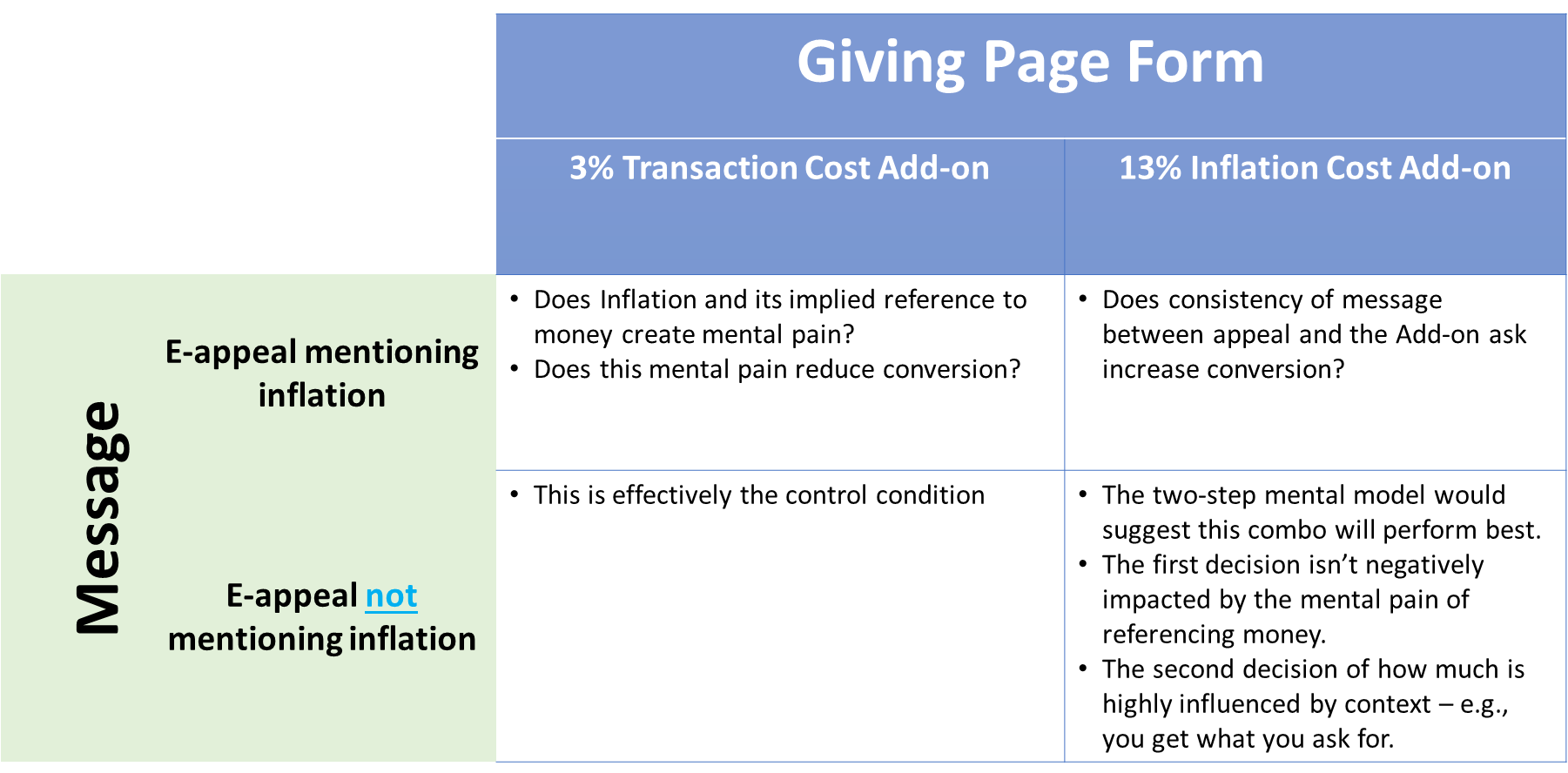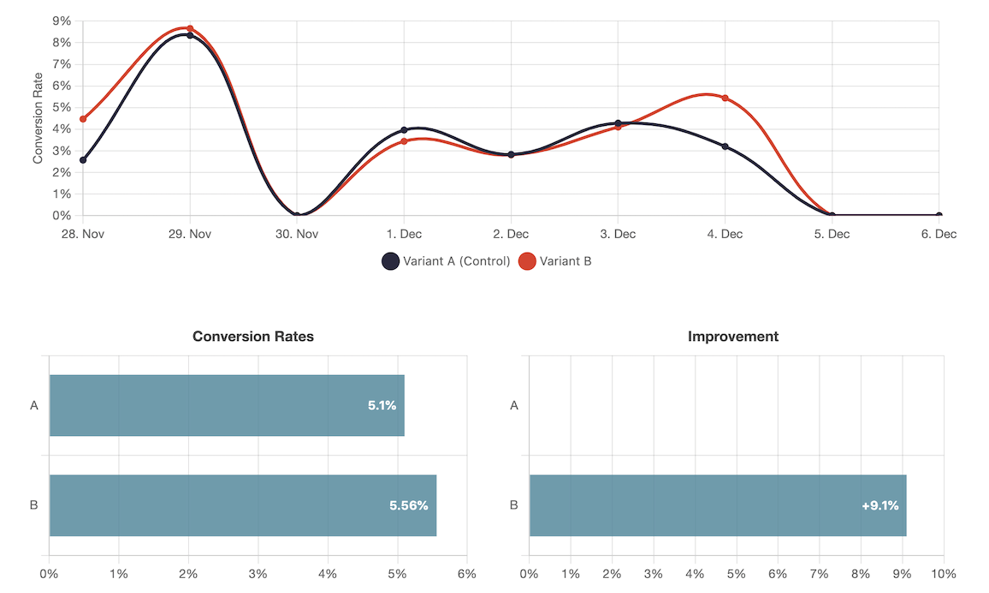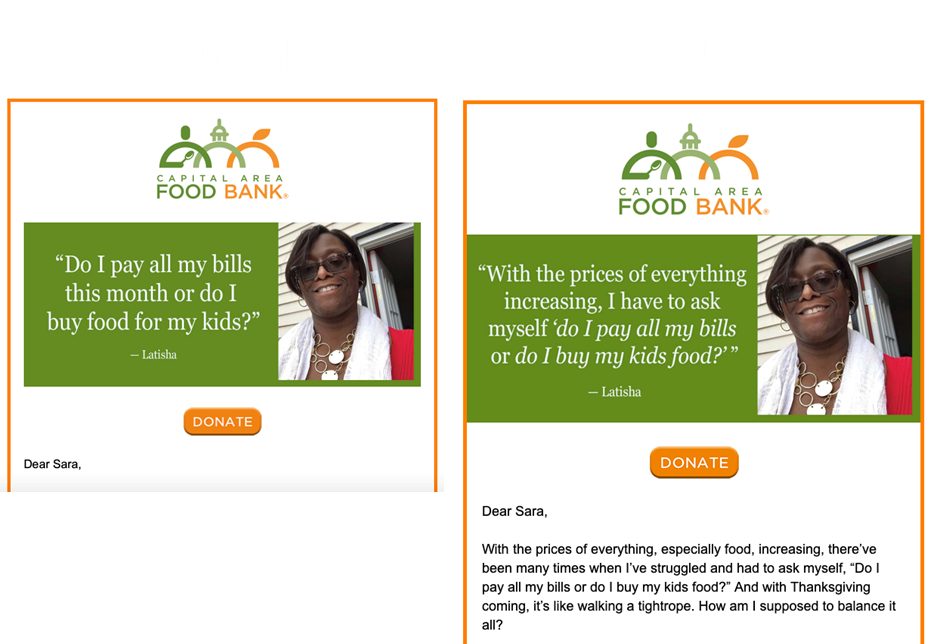Why Would Anyone Add 13% To Their Donation Amount?
The DonorVoice Team ran a very cool, smart test with one of our agency of record clients, Capital Area Food Bank (CAFB). I can be praiseworthy as I wasn’t directly involved (think that’s merely correlation…)
Here were the guiding inputs.
- There are two separate, mental giving decisions
- Will I give, yes or no?
- If yes, how much?
- Consistency of message (e.g. between email and landing page) is a positive
- Referencing money causes mental pain
- Giving amount is elastic and influenced by context
The testing included a,
- Control giving form with a tick-box asking to add 3% to the donation amount to cover transactions fees
- Test giving form asking folks to consider adding 13% to cover the impact of inflation on CAFB food purchasing budget
- Control email appeal not mentioning inflation
- Test email that did mention inflation
Here is the 2×2 test design along with some of the hypotheses or reasons to believe for each treatment.

What did we find?
Here is the main effect for the giving page – meaning looking at all those who landed on the Control page (3%) versus the test page (13%, Variant B). [Note: this test included all traffic to the site, spilt as an A/B variant]

The test page, Variant B, increased conversion by 9%. Roughly 25% ticked the box to add 13%. The combo resulted in a higher average gift and total revenue raised.
Here is a flavor for the copy.
- The inflation messaging significantly suppressed response rate.
That mental pain caused a lot of people to decide the best choice to alleviate the pain was deleting the email and moving on with their day.
- The average gift was highest among the group in the Inflation Message x Inflation Add-on that ticked the box but it wasn’t nearly enough to make up for the lower conversion rate.
These learnings have application beyond just the time period that inflation is with us. Mental pain is real and often the best way to alleviate it is not giving but ignoring. This is especially true in step-one, when deciding to give or not as it’s almost entirely determined by my judgment of whether I’ll be psychologically better off by giving.
A donate form involves money by definition. But, on this second mental step I’m still thinking about me but also, the beneficiary. So, the mental pain is lessened. Plus, there are a lot of contextual cues on the donate form that can steer my decisions. Context can be King.
Kevin
P.S. A nod of appreciation to our CAFB client for being intellectually curious and always asking why and for permissions to share.



